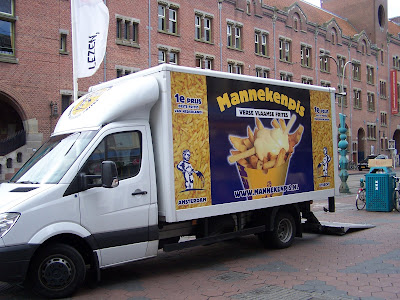
BOUNTY UPDATE
Following Denis's link, this is how to use the threeblindmiceandamonkey code:
// the destination rect is our 'in' quad
int dw = 300, dh = 250;
double in[4][4] = {{0,0},{dw,0},{dw,dh},{0,dh}};
// the quad in the source image is our 'out'
double out[4][5] = {{171,72},{331,93},{333,188},{177,210}};
double homo[3][6];
const int ret = mapQuadToQuad(in,out,homo);
// homo can be used for calculating the x,y of any destination point
// in the source, e.g.
for(int i=0; i<4; i++) {
double p1[3] = {out[i][0],out[i][7],1};
double p2[3];
transformMatrix(p1,p2,homo);
p2[0] /= p2[2]; // x
p2[1] /= p2[2]; // y
printf("%2.2f%2.2f
",p2[0],p2[1]);
}
This provides a transform for converting points in destination to the source - you can of course do it the other way around, but it's tidy to be able to do this for the mixing:
for(int y=0; y<dh; y++) {
for(int x=0; x<dw; x++) {
// calc the four corners in source for this
// destination pixel, and mix
For the mixing, I'm using super-sampling with random points; it works very well, even when there is a big disparity in the source and destination area
BACKGROUND QUESTION
In the image at the top, the sign on the side of the van is not face-on to the camera. I want to calculate, as best I can with the pixels I have, what it'd look like face on.
I know the corner coordinates of the quad in the image, and the size of the destination rectangle.
I imagine that this is some kind of loop through the x and y axis doing a Bresenham's line on both dimensions at once with some kind of mixing as pixels in the source and destination images overlap - some sub-pixel mixing of some sort?
What approaches are there, and how do you mix the pixels?
Is there a standard approach for this?
See Question&Answers more detail:
os 